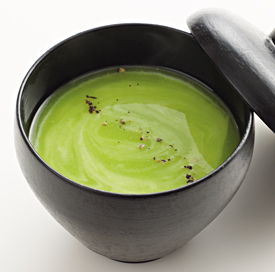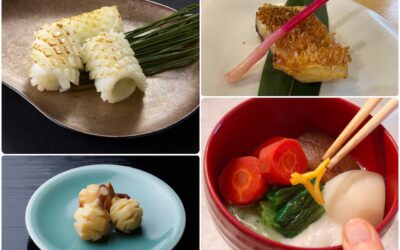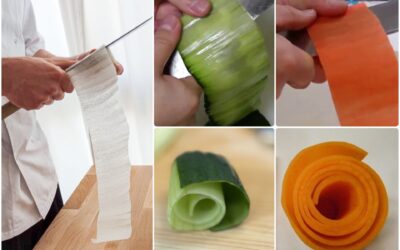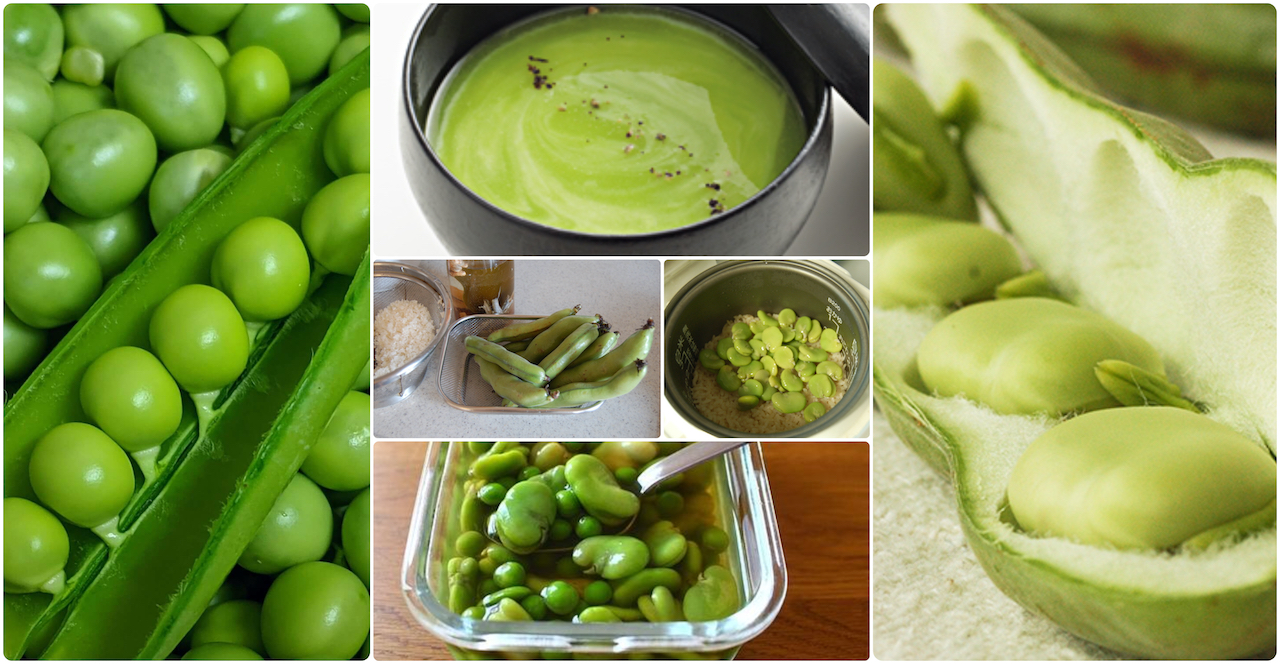
PROJECT Cooking with Early Summer Bounty
初夏の幸の料理 (shoka no sachi no ryōri)
The Japanese delight in cooking with seasonal produce and in the early summer that means making delicious dishes with new peas and beans.
Using the recipes below as a point of departure, create your own BOUNTY-of-EARLY SUMMER DISH using fresh green peas and/or fava beans.
Surinagashi Pureed Soup
すり流し汁 (surinagashi-jiru) is a delightful way to showcase fresh produce. The featured food in this case: new peas and fava beans. After shelling the legumes most cooks discard the pods in which they grew… and that is a shame (mottainai!). The pods contain water-soluable nutrients that enrich the liquid in which they are briefly simmered. Flavor is also extracted from the pods and transferred to the water, making it intensely flavorful.
Peas and favas are a good source of protein, vitamins, and minerals, including vitamin A, B6, C, and K; they are also an excellent source of fiber.
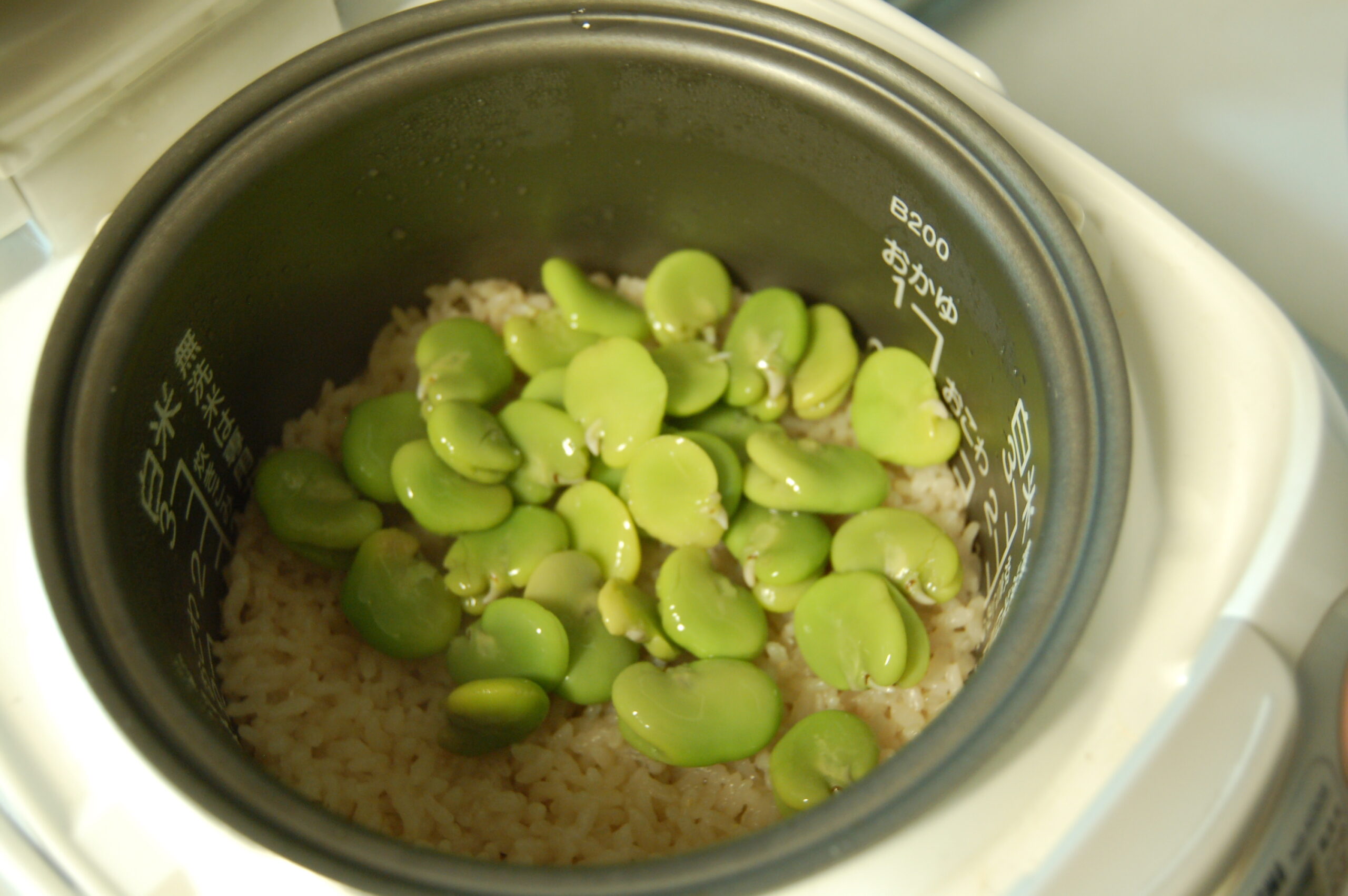
Mamé Gohan
そら豆ご飯 Sora Mamé Gohan (Rice Cooked with Fava Beans)
As spring begins to shift towards summer — the time on the culinary calendar known as shoka, in Japanese — legumes such as sora mamé (fava beans), are welcomed to Japanese tables .
This is a takikomi-style rice dish made with an intensely flavored stock (in lieu of water) infused with smokiness from the addition of roasted bonito flakes. Briefly blanched, shelled beans are the added to the cooked rice before serving.
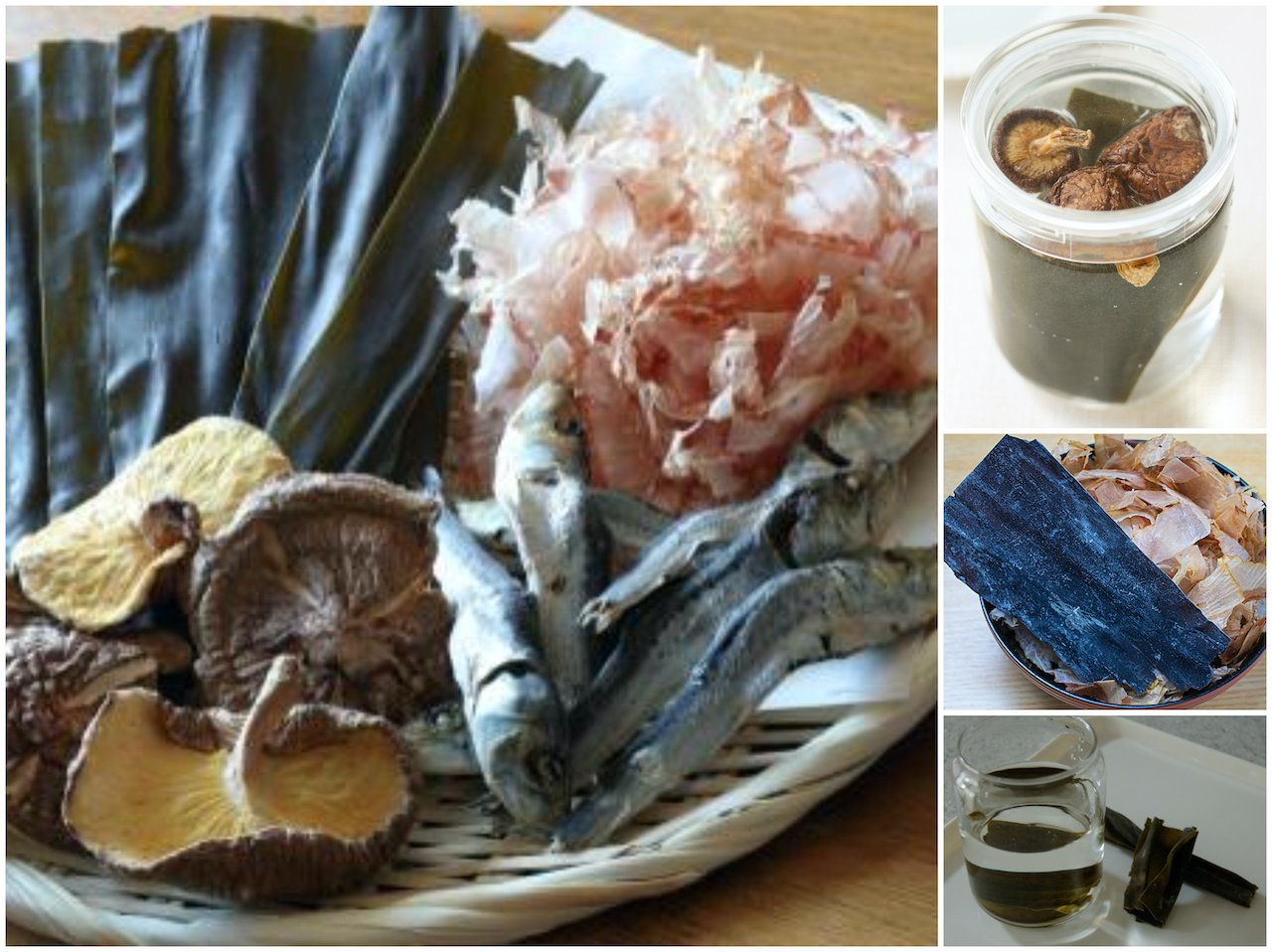
Various STOCKS (dashi)
Many Japanese dishes are made with dashi stock. Here are several kinds to choose from:
Standard Sea Stock (this recipe includes a variation known as oigatsuo or “extra smoky sea stock”) is made with kelp and fish flakes.
A simple vegan broth, Kelp Alone Stock is, as its name suggests, made from just kombu.
A more complex broth called Sankai Dashi is made from dried shiitake mushrooms and kelp.
Visit my Kitchen Culture blog to learn about KASHIWA MOCHI (柏餅) sweets for the Golden Week holidays.
Read my May, 2024 newsletter about Golden Week holidays.

